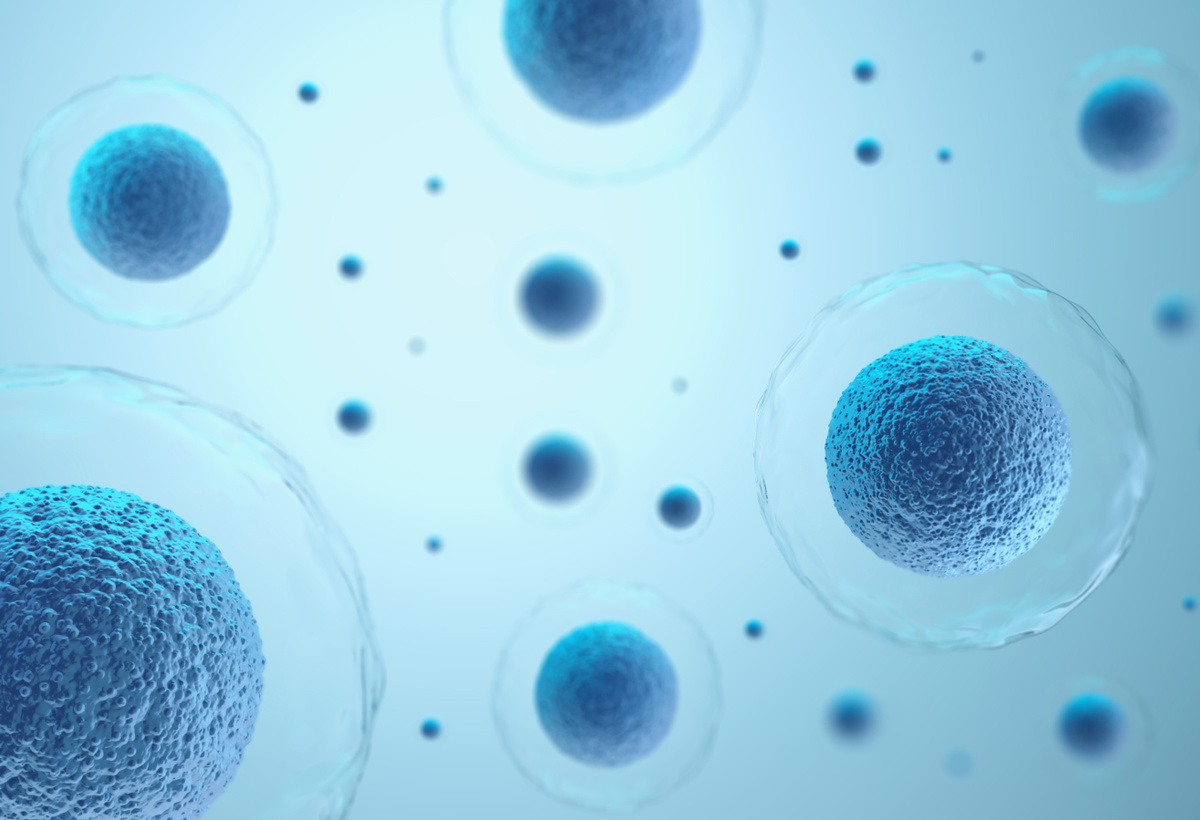Enhancing Responses to Chemical Interventions by Programmed Introduction of Multiple Refractory Periods
A medical device that can deliver multiple, brief intervention doses over a 24 hour period that improves cell biologic responses.
The ability of any exogenous intervention, be it physical or chemical in nature, to influence cell activity is markedly enhanced by incorporating a rest period between stimulation periods within any given 24 hour period. Thus, a 24 hour period does not need to transpire before the biologic responsiveness to a given stimulus is ?reset.?
Researchers at Stony Brook University created an invention which indicates that the potency of a given intervention can be improved, and the biologic response enhanced, by delivering it via multiple, brief doses over a day, rather than single doses in any given day. In the context of a medical device that delivers an electric or mechanical signal, the ability of that intervention to upregulate a cell response is improved by waiting at least 1 hour before introducing the signal again and is improved even more by waiting 3 hours. This allows for multiple periods of stimulus over a given day, and the outcome is improved as compared to a single dose given once per day.
 Source: Anusorn, stock.adobe.com/uk/270607942, stock.adobe.com
Source: Anusorn, stock.adobe.com/uk/270607942, stock.adobe.com
Builds on the responsiveness of the biologic system. - Can also be used in non-human applications, such as timing/optimizing yields in recombinant stills in bioprocessing or agriculture.
Introduces rest periods between stimulation periods within a 24 hour period to increase the effectiveness of exogenous intervention.
Patented
Some in-vitro data is available. PCT Publication No. WO 2012-051495
Available for license. Stony Brook seeks to develop and commercialize, by an exclusive or non-exclusive license agreement and/or sponsored research, with a company active in the area.
Development partner - Commercial partner - Licensing
Additional Information:
Patent Information:
| App Type |
Country |
Serial No. |
Patent No. |
Patent Status |
File Date |
Issued Date |
Expire Date |
|